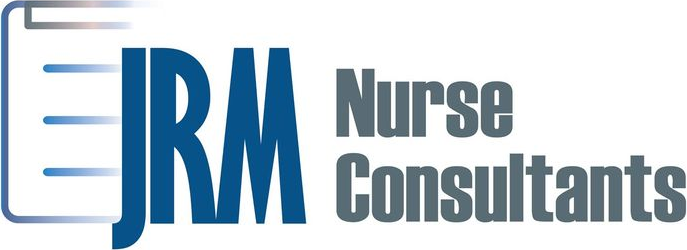Back pain is one of the most common complaints among adults, and a weak core often plays a major role. The core isn’t just your abs — it includes the muscles around your pelvis, lower back, and hips. When these muscles are weak, your body compensates in ways that can lead to pain, poor posture, and even increased risk of injury. Strengthening your core can improve stability, reduce discomfort, and support everyday movements.
Core strength also impacts more than just your back. Strong core muscles help improve balance, protect joints, enhance athletic performance, and support functional activities like bending, lifting, or even standing for long periods. For patients recovering from injury, rehabilitation exercises often include gentle core strengthening to reduce recurrence of pain and improve overall function.
Nutrition and lifestyle habits support core health as well. Adequate protein helps muscles repair and grow, while staying hydrated and maintaining a healthy weight reduces unnecessary strain on the spine. Regular movement, even simple activities like walking or stretching, complements core exercises and helps prevent stiffness or inflammation that can worsen pain.
Patient Perspective:
Building core strength doesn’t have to be intimidating or time-consuming. Simple, consistent exercises — like planks, bridges, seated marches, or gentle pelvic tilts — can make a noticeable difference in stability and comfort. Practicing these movements daily, even for a few minutes, empowers you to take control of your back health and mobility.
Nursing Perspective:
Nurses play a critical role in guiding patients to safely strengthen their core. Providing instruction on proper technique, monitoring form, and suggesting modifications ensures that exercises are effective without causing additional strain. Encouraging consistency and helping patients set achievable goals increases adherence and improves outcomes.
💡 Tip to Try This Week:
Choose one core-strengthening exercise to incorporate into your daily routine, such as a 20-second plank, glute bridge, or seated abdominal contraction. Focus on proper form rather than duration or intensity, and repeat consistently. Pair with hydration and gentle stretching for optimal results. Even small, regular efforts help support your back, posture, and overall strength.Written by Rosie Moore, DNP, RN, LNC, BC-FMP

